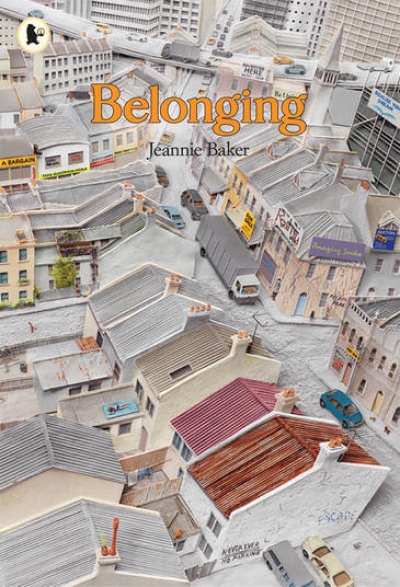Stephanie Owen Reeder
The future of the Australian picture book would appear to be in very good hands. The most recently published writers include familiar names such as authors Hazel Edwards, Margaret Wild and Gary Crew, and author–illustrators Deborah Niland and Roland Harvey. What makes the latest offerings stand out, however, is the plethora of new and emerging authors and illustrators who are venturing into this genre. Such a combination of experienced and innovative approaches can only be good for Australian children’s literature.
... (read more)Stella Lees
Philip Reeves’s Infernal Devices (Scholastic) is the third part of a quartet about cities on wheels trundling about a future Earth. It has action, irony, intertextuality and flawed characters – some with dark agendas – and displays an original and startling imagination. Number four will complete the best fantasy since Philip Pullman’s His Dark Materials trilogy. On a smaller scale, and closer to home, Runner (Penguin), by Robert Newton, brings Depression-era Richmond alive. Young Charlie is employed by Squizzy Taylor, until the boy realises he’s doing the devil’s work. Newton’s wit lightens a tough tale with the inventive and laconic speech of Australian battlers, so that, when you’re not blinking back a tear, you’re laughing aloud.
... (read more)Within a week of the recent release of Harry Potter and the Half Blood Prince, millions of children and adults around the world had read it. Now comes the long wait for the final tome in this cleverly designed series by the prolific J.K. Rowling. Nil desperandum. The fantasy novel for children – and especially crossover books which, like the Harry Potter series, appeal to both adults and children – has a long tradition, and there are a myriad other fantastic books to turn to, many of which have been written by Australian authors.
... (read more)Just before she entered the world of Wonderland, Alice asked: what is the use of a book without pictures? A book in which an imaginative narrative is symbiotically supported and augmented by illustrations can play an important part in the development of a child’s verbal and visual literacy skills. However, a picture book is more than just a story with pictures: it is also a cultural artefact that both reflects and transmits the mores of the country in which it is produced. And a good picture book can do more than simply replicate the visual stereotypes often found in popular culture: it can stretch the imagination, excite curiosity, structure meaning and shape cultural identity.
... (read more)Friendship is an integral part of the human condition. As the picture books reviewed here show, it can take many forms: an inanimate object; something you magically concoct; someone you meet in a shelter for the homeless; the firefighters who save your house; or even a well-loved poem. However, which, if any, of these books will become a child’s lifelong friend will depend not only on the needs and tastes of the individual child but also on how effectively the illustrator and author have combined their talents to present an engaging and meaningful narrative.
... (read more)
